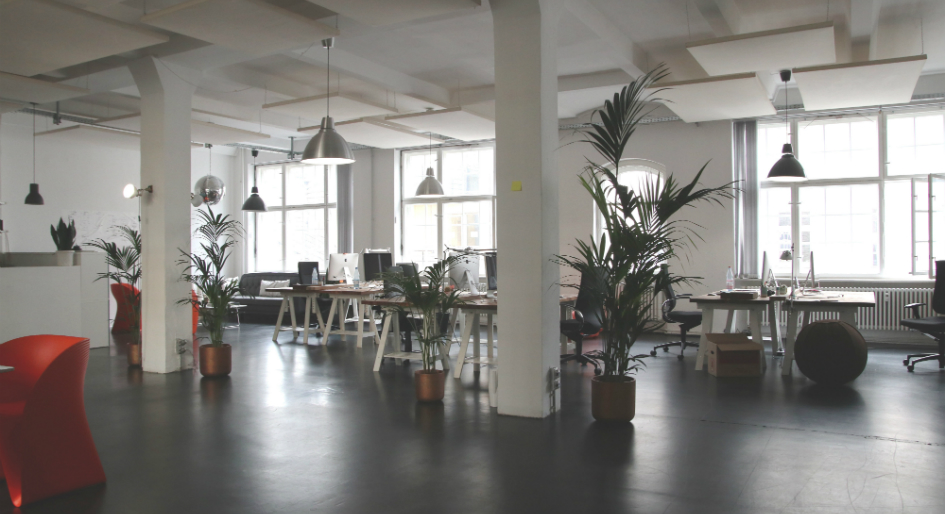After months of remote work environments, many companies are now reviewing their workspace strategy, as the empty office could become a new reality for an unknown period.
Reducing office density and expenses has become a new mandatory norm
Once buzzing with activity, downtown offices are now empty and under-utilized. Although the pandemic might have been the catalyst for adopting a new model and a new corporate vision, offices did not become empty overnight. In fact, most companies had an average utilization rate of only 40 per cent before the pandemic. Now it’s getting even worse.
Methodology is being developed to analyze the employee experience by using analytics and ethnography. Proprietary research has already uncovered new trends to help companies rethink their office spaces and operating costs while maintaining productivity and employee motivation. Data scientists analyze patterns and correlations of office space utilization. By relying on an analytical platform and on an in-house dashboard, consulting teams can crunch the data to better implement solutions and new workplace models.
Teleworking, the perfect solution? Not so fast.
The satellite workplace could symbolize a new workplace trend for companies that want to cut costs and density. Teleworking has been optimal for those who wish to be closer to their loved ones or want to reduce their daily commuting time. Although this new model seems to work well for many and meets a strong need for flexibility, the ability for employees to get together physically remains paramount.
Productivity has also decreased for a small part of the workforce due to lack of access to the right material, such as powerful computers or because employees are no longer able to properly collaborate. Further, some feel the need to physically return to the office, whether for mental health reasons, to maintain their motivation or simply because the tasks require it.
The return of the office cubicle
Some have even suggested that cubicles could make their come back. Wrongly defined as the most despised piece of furniture in modern workplace design, cubicles have been criticized for obstructing the flow, visual interaction and the ability to freely discuss with colleagues in the office. But this could change.
Cubicles could be reintroduced in an intelligent and modern way, alongside spaces dedicated to collaboration. While being an inexpensive solution to create some sort of privacy at work, they are practical and modular. Cubicles may not on their own be a solution, but ultimately, they remain a key piece of the puzzle for workplace reorganization when combined with other collaborative spaces.
Towards a premium workspace
Offices do have a place, but one thing is certain: they will no longer have the same usefulness. To maintain, or even improve, productivity, creativity and innovation, a reorganization is necessary, and it should go through an experiential transformation.
The office will become more collaborative with an enhanced quality of services available. For companies whose nature of services requires the physical presence of employees, the traditional office will have to be reinvented in order to create spaces entirely dedicated to collaboration. It will go premium.
More services could be introduced within the company, increasing the food services offering and bringing in a new type of facility management. It is for these reasons why it is important to innovate and invest in data-driven research to better anticipate clients’ needs.
COVID-19 could also introduce a new workplace trend: “the liquid workplace.” Tech giant Dropbox already embraces this model. It has cut down on space and turned its offices to a collaboration-only environment, which is at the core of its business model. This allows employees to work from home a large part of the time while still having the option of being present in the office at a time when collaboration is required. By using data, the company has determined that offices have a purpose. They acknowledged that without it, company culture could suffer due to zero in-person interaction and that the risk of miscommunication would be higher. Overall, the liquid workplace is intended to encourage collaboration while embracing flexibility.
Companies will have to reorganize themselves to further encourage collaboration while allowing private spaces. Flexibility will have to remain a key component in companies’ evolving workplace strategy.
Bill Robert is co-founder of Wx, a workplace consulting company and a fully-owned subsidiary of Sodexo, one of the largest facility management organizations in the world.





